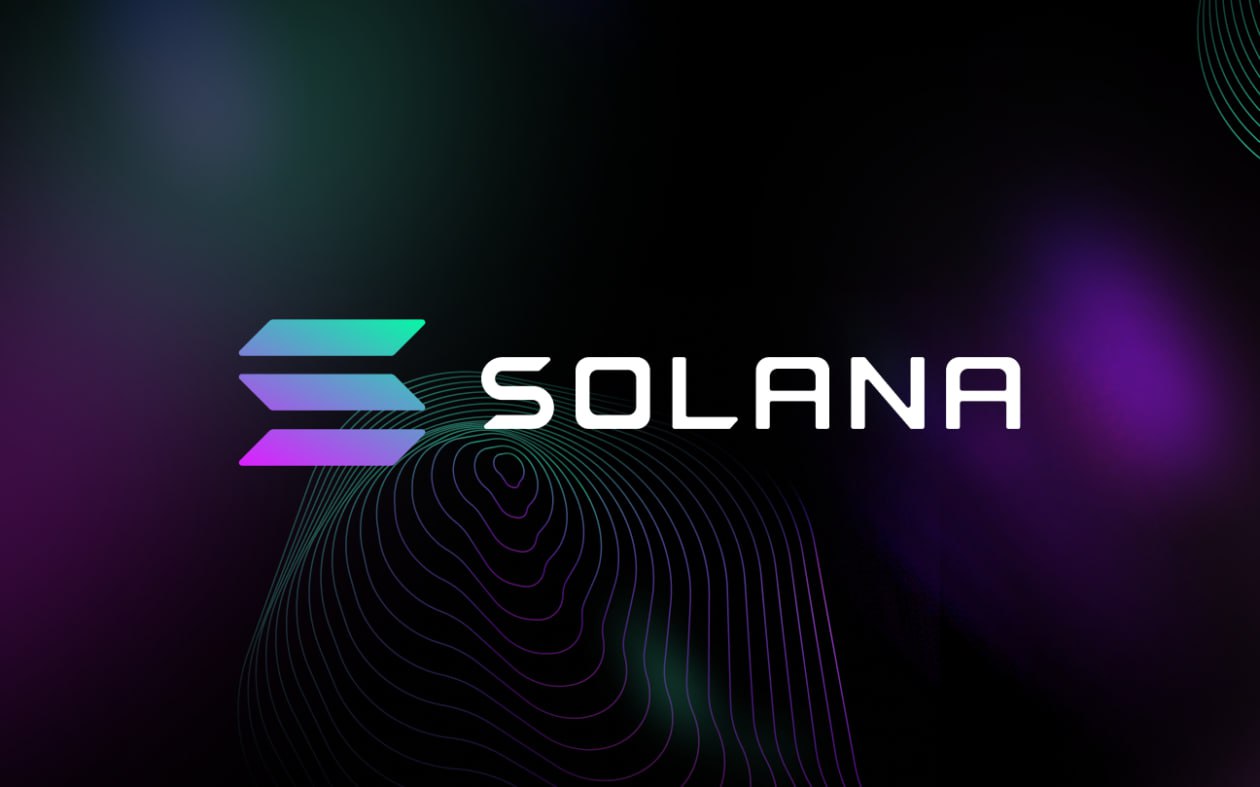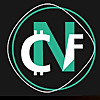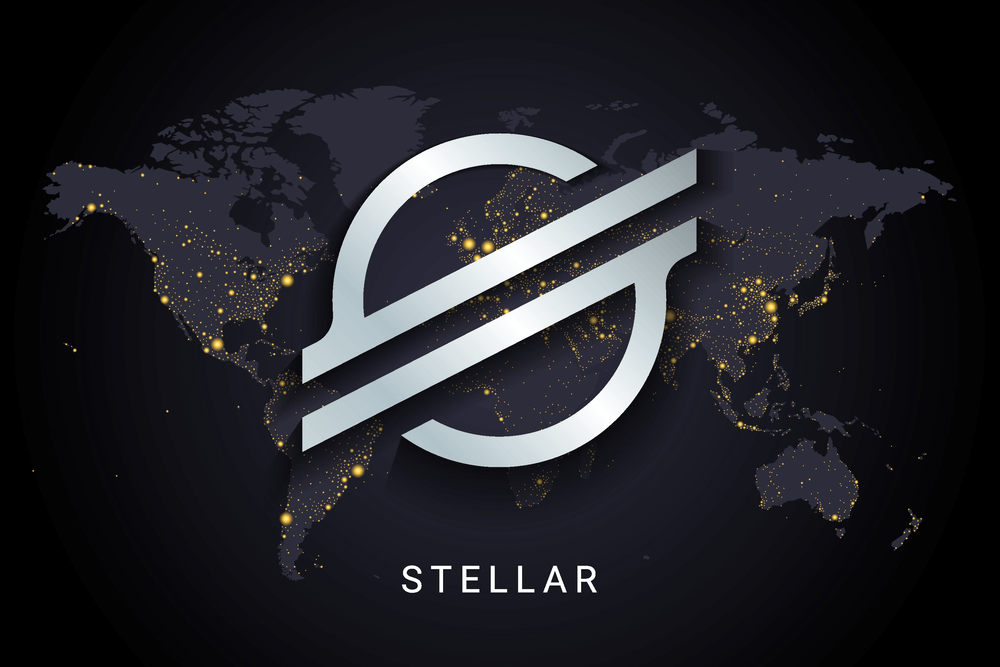ARTICLE AD BOX

Designing web3 solutions that work at scale while maintaining decentralization isn’t easy. But of all the challenges facing web3 developers, storage doesn’t sound like it should be particularly tricky. We have millions of nodes, exabytes of cloud storage, and no end of data delivery networks. What’s the problem?
While it’s true that web3 storage may not be as complex as, say, working with ZK proofs or rolling your own encryption, it’s a far more critical area of blockchain design given that data is the lifeblood of all dapps. Without it, decentralized applications simply couldn’t function.
The difficulty for web3 developers has been in finding a way to keep pace with the increasing data consumption of dapps while working within the limitations of public blockchain networks. Onchain, resources are finite, throughput is limited, and data is precious. As a result, dedicated data delivery networks have picked up the strain, providing the storage and speed that general purpose L1s could never hope to match.
Current web3 data layers are streets ahead of default onchain storage solutions – but they’ve got work to do if they’re to satisfy the demands of the next generation of dapps. Which is why, across the multichain landscape, teams are presently working on cracking the web3 storage code to achieve the holy grail: unlimited data that is fast, cheap, and decentralized.
While a number of L1 and L2 blockchains have made great strides in improving data storage capacity, Solana looks likeliest to get there first thanks to the emergence of a scalable data layer that’s been optimized for its unique architecture.
Xandeum’s Quest to Scale Solana
Xandeum has set itself the grand goal of becoming the data scaling solution for Solana. It aims to offer unlimited data, allowing dapps to theoretically access exabytes of data. For reference, one exabyte equals one billion gigabytes – enough to hold over 300,000 hours of 4K video. Too much data to visualize, in other words, but it is possible to envision a future in which the proliferation of dapps and increased demands for computationally intensive workloads, particularly for AI, necessitate vastly more data than incumbent solutions can currently provide.
There’s a reason why data-intensive decentralized applications have yet to be built: the technology to deliver vast amounts of data without compromising on speed, cost, or decentralization simply hasn’t been there. Xandeum’s solution to this problem is to create a series of RPC nodes that can query data from a decentralized storage solution known as Buckets. While this part of its solution isn’t particularly radical, the way in which Xandeum Buckets and RPC nodes interact is where the magic happens.
With conventional Solana accounts, which are relied on by all Solana dapps, data is stored on every single validator node – around 2,000 of them. Xandeum has elected instead to offload this storage to a separate network of provider nodes (“pNodes”) that aren’t required to each store a copy of all data. Instead, pNodes use configurable redundancy so that a sufficient number of nodes hold data rather than every single validator.
While Xandeum’s storage solution could be theoretically applied to other blockchain networks, it has been designed to accommodate the unique quirks of Solana’s architecture. Xandeum-enabled RPC nodes have three unique primitives dubbed Poke – transferring data from a Solana account into a specified bucket at a specified position; Peek – reading data from a bucket and storing it into a Solana account; and Prove; to verify the data’s integrity through cryptographic proofs. The advantage of Xandeum’s solution is that it doesn’t require Solana validators to change their behavior, allowing it to slot in seamlessly while giving dapps access to the data they desire.
Can Other Chains Crack the Web3 Data Code First?
There’s a lot riding on the fortunes of the blockchain that’s first to deliver virtually unlimited decentralized storage. Because doing so will not only improve conditions for the current dapps they serve, but will fly a flag for their ability to host the next wave of dapps, particularly in the fields of AI, DePIN, and privacy technologies – billion dollar industries that are projected to experience massive growth in the coming decade.
Nillion is taking a different approach to this challenge by using Multi-Party Computation (MPC) to securely store high value data on a network of nodes, allowing for computation to be executed on the masked data itself. This has particular value when it comes to supporting use cases such as predictive AI, trading data, and healthcare solutions. However, because Nillion does not natively integrate with existing public blockchains, the onus is on dapps to create a pipeline if they wish to access its decentralized data.
For EVM chains, meanwhile, there are also solutions coming onstream intent on achieving the much vaunted proposition of unlimited storage. WeaveVM, which is built on top of Arweave, aims to “solve the EVM storage dilemma” with throughput of 48,000 TPS and data delivery of 125MB per second. Perhaps not enough to satisfy the data-hungry dapps of the future, but enough to improve on incumbent EVM data solutions at the very least. And in the long term, WeaveVM believes it can scale to eventually deliver unlimited storage.
Web3 Storage Is Bigger Than Web3
Achieving limitless data for web3 is much bigger than solving the current problems faced by today’s dapps. If data can be delivered quickly, cheaply, in unlimited quantities and with greater privacy than cloud solutions, the total addressable market is the entire world.
Decentralized data storage has applications within a host of industries that require security, transparency, and reliability. Use cases range from healthcare and supply chains to gaming, finance, and IoT, opening up new possibilities for secure data management without relying on centralized control. If web3 can achieve this, it will disrupt global industries, force cloud providers to rethink their entire business model, and accelerate blockchain adoption. The upside, like the data, is unc
.png)
 1 month ago
2
1 month ago
2








 English (US)
English (US)